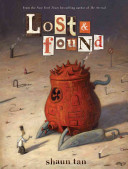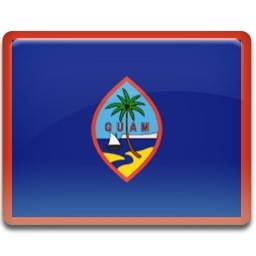by Janelle Mathis, University of North Texas, Denton, TX
 Picture books have been defined over the past few decades with great integrity and attention to the complex interaction that occurs for the reader through the visual aspects of such books—text, illustrations, total design; a commercial product; a social, cultural, historical document (Bader, 1976). Still, when secondary teachers are approached about using picture books in the classroom, many somewhat shun the idea or act surprised that anyone could think this a valid curricular resource for older students. A small number attest to the fact that picture books hold significant experiences for older readers and these teachers can share numerous reasons why picture books play an important role in their instruction. Continue reading
Picture books have been defined over the past few decades with great integrity and attention to the complex interaction that occurs for the reader through the visual aspects of such books—text, illustrations, total design; a commercial product; a social, cultural, historical document (Bader, 1976). Still, when secondary teachers are approached about using picture books in the classroom, many somewhat shun the idea or act surprised that anyone could think this a valid curricular resource for older students. A small number attest to the fact that picture books hold significant experiences for older readers and these teachers can share numerous reasons why picture books play an important role in their instruction. Continue reading





 One of the themes that intrigued me when I was doing my dissertation on Chamorro literature was the idea of simplicity that emerged from the teachers’ comments. Anthropological research reveals Chamorros have a complex network of reciprocal arrangements that binds the community together (Thompson, 1969, de Valle, 1978). My own experience has taught me that being Chamorro is far from simplistic. We have an intricate maze of relations that we must know and be able to navigate within (e.g. which person should be greeted first, second, and so on, when entering a room full of relatives). Coming from these contexts, comments like “Chamorros are simple people” really stand out.
One of the themes that intrigued me when I was doing my dissertation on Chamorro literature was the idea of simplicity that emerged from the teachers’ comments. Anthropological research reveals Chamorros have a complex network of reciprocal arrangements that binds the community together (Thompson, 1969, de Valle, 1978). My own experience has taught me that being Chamorro is far from simplistic. We have an intricate maze of relations that we must know and be able to navigate within (e.g. which person should be greeted first, second, and so on, when entering a room full of relatives). Coming from these contexts, comments like “Chamorros are simple people” really stand out.

 This week two students offer a critique of the book and make connections to course readings in emergent bilingualism and linguistics. We begin with a summary, followed by the strengths and issues and close with teaching connections.
This week two students offer a critique of the book and make connections to course readings in emergent bilingualism and linguistics. We begin with a summary, followed by the strengths and issues and close with teaching connections. This week a group of students read Yuyi Morales’ beautiful stories,
This week a group of students read Yuyi Morales’ beautiful stories, 